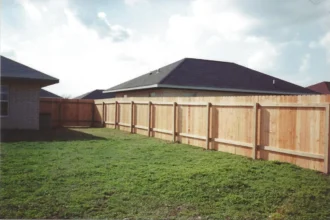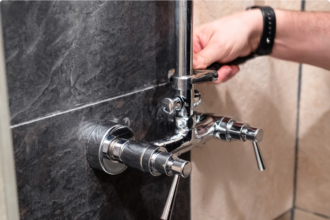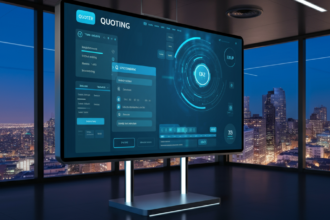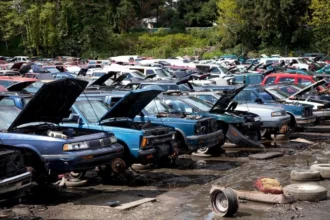Introduction
Did you ever ponder how the solar panels atop your home function? You’re not alone! There’s a lot of interest in clean energy, but it’s important that people have a sense of how it all interconnects. A residential solar panel system is more than just the panels — it’s the inverter, too, and you’ll need to replace it after 10 years.
This guide breaks down how these two sections work together to provide power to your home. You’ll learn some about how energy moves around, why you need inverters and how the whole explodamabitz makes your daily energy happen.
What Is a Residential Solar Panel System?
A residential solar panel system is an installation mounted on your home to capture sunlight energy. The primary components consist of solar panels, an inverter, batteries (optional) and a connection to your home’s electrical panel. These panels sit on the roof and absorb daylight during the day.
The panels generate direct current (DC) electricity when exposed to sunlight. But the vast majority of homes operate on alternating current (AC). That’s why sun-powered panels require help from an inverter to render their power useful in your house.
Understanding the Role of a Photovoltaic Inverter
A photovoltaic inverter is the device that turns the direct current electricity generated by the solar panel into alternating current electricity for use in the home. It’s your solar system’s brain, and a huge player in making the energy you collect usable. It powers your lights, fridge and even your TV — without which your life would look a lot different.
There are various kinds of inverters, string inverters, microinverters and hybrid inverters. They all have their pros and cons, but they all have the same main function: turning the sun’s energy into electricity fit for a house.
How Solar Energy Flows Through the System
The process begins when sunlight strikes the panels. They collect energy from the sun and convert it into DC power. This power flows down wires to the photovoltaic inverter. It then gets converted into AC electricity once it’s there.
Once it has been converted, the electricity enters your home’s electrical system. It then fuels a desktop computer, then a kitchen blender. If your panels generate more electricity than you consume, the excess is either sent to a battery or back to the power grid.
Why Inverters Are Essential in Solar Systems
The photovoltaic inverter doesn’t only deliver the change. It also traces how much power your system makes and uses. There are even some advanced inverters that can display real-time data via an app on a device or on a screen. This can also help you grasp how much energy you’re saving and when you’re using the most.
Inverters also include safety features. If there is a power cut or another problem with the system, the inverter can power down safely. Including this ensures your home solar panel system is not only effective, but also safe for your home and the grid.
Benefits of Using a Residential Solar Panel System
- Lower electricity bills
- Cleaner, renewable energy
- Increased home value
- Possible government rebates
- Reduced carbon footprint
By using a residential solar panel system, you produce your own energy and rely less on the grid. This can lead to huge savings over time, especially as energy costs rise.
Solar panels also last a long time—usually 25 years or more. That means decades of lower bills and energy independence. Plus, the use of a photovoltaic inverter ensures that your system runs efficiently every day.
Choosing the Right Photovoltaic Inverter for Your Home
When choosing an inverter, consider the size of your roof, how much sun it gets and your energy needs. There are several different types of photovoltaic inverter. Microinverters work better on roofs that have shading or a complex shape, and string inverters are best in locations where the panels all have maximum sun and output.
You’ll also want to consider inverter features such as remote monitoring, battery compatibility and warranty periods. All of these benefits can help ensure that your home solar panel system is easier to use and more dependable for years to come.
Installation and Maintenance of Your Solar System
A residential solar panel system typically takes a few days to install. An accredited installer will check your roof, fit the panels, install the photovoltaic inverter and connect everything to your home’s power panel. They also ensure that your system complies with local regulations and works safely with the grid.
Maintenance is minimal but important. You’ll want to wash the panels once or twice a year, and should monitor the performance data from the inverter periodically. Most inverters provide warnings if something’s amiss, so you’ll always be notified when something needs attention.
Conclusion
It’s a good idea to power your home with clean energy this year through a home solar panel system including a photovoltaic inverter. It’s not just good for the environment, but also for your wallet. So you know, it might be kind of important that you understand how solar panels and inverters relate to each other, as you work to determine what role they should play in your home’s future energy existence.
From creating sunshine to powering your electronics, each part of the system has its part to play. With correct installation and care, solar lights can light up your home for countless years.

















